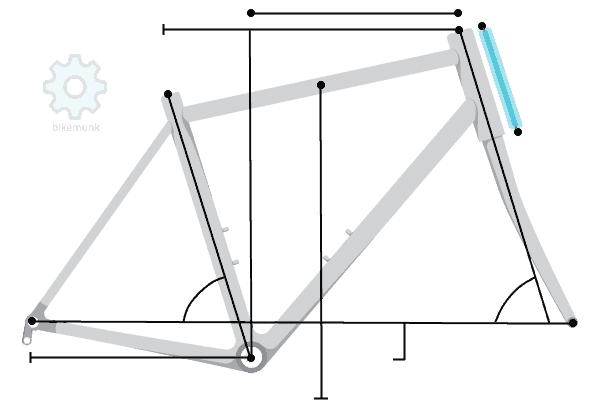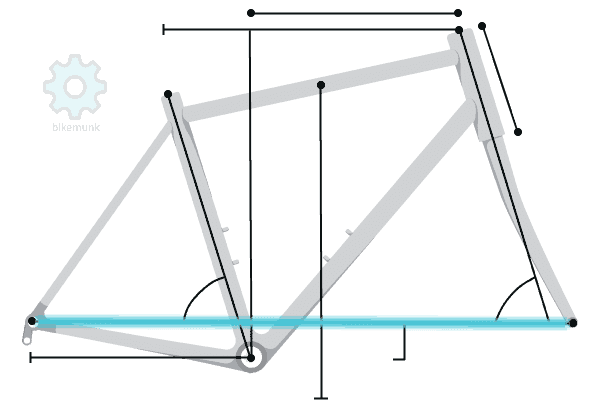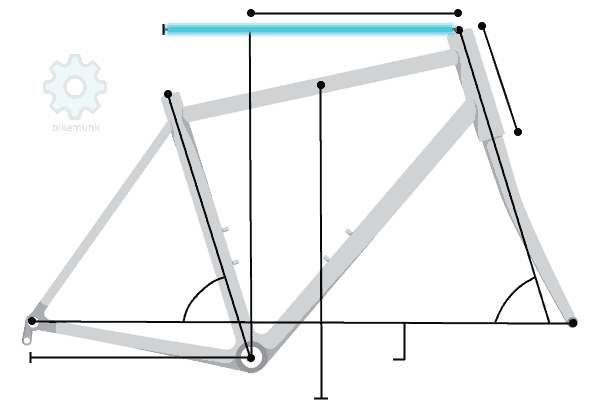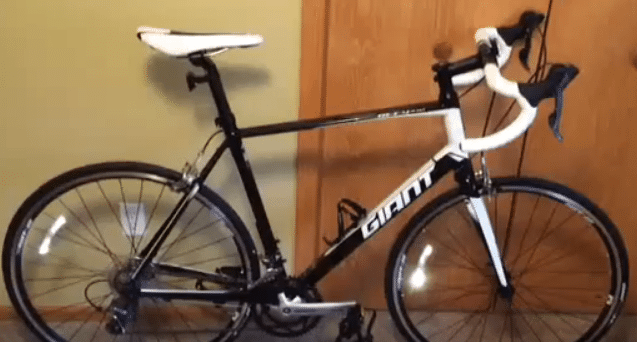The Giant Defy 5 is performance road bike that ups the stakes with proprietary technologies and a decent set of components to bring speed and comfort to your ride. We’ll review it alongside comparable models in its line as well as a side-by-side test against similar choices in different brands so that you can see how it stacks up to the competition.
What is the Giant Defy 5 Designed to Do?
The Giant Defy 5 is a definite step-up from an entry-level road bike for smooth pavement and light trail riding. You'll see a lot of tweaks in the geometry of each bike designed to improve comfort while delivering the quality performance a user at this price point is seeking. The manufacturer also packs a lot of features into the Defy 5 that enhance endurance for longer treks.
Many of them lean toward a more upright stance on the bike to prevent back and neck strain. If you're used to riding a racing bike, you'll be in for a pleasant surprise. However, these choices are not known for speed, so you will likely be making it part of the tradeoff for more comfort.
Who is the Giant Defy 5 Good For?
The ideal Giant Defy 5 rider appreciates the tweaks in design that can add Defy bikes' comfort and performance. It is a mid-range bike with a mid-range price point. The differences lie with the components. Once you examine the materials closely, you'll start to see upgrades that make a huge impact on the ride. Don't let the seemingly minor differences in figures deceive you.
Minor differences have a significant effect on the riding experience. Therefore, it pays to understand how they may affect its fit and comfort. Then, you can home in on the ones that matter the most for you and adjust the components as necessary.
- Frame
This bike has an FSA Tempo, 34/50 double crankset, and an SRAM PG850 11x32, 8-speed cassette. It uses Tektro R312 brakes and Shimano Claris brake levers and shifters.
The famous Shimano brand sports entry-level components for 8 speeds and a 2-gear front gear.
Pros
Cons
Expert Quotes
“It’s important to remember that you don’t have to spend boatloads of money to get something that’s going to be a lot of fun fast and a great road bike.” - Bikes and Life
“It’s a trainer bike and works really well outside.” - Prairie Cyclist's Cyclevlog
How Does Giant Defy 5 Compare to Other Bikes from Giant?
The Giant brand appeals to a wide spectrum of buyers because of its extensive line of bike types. As a result, a rider can get a good overview of this manufacturer's values. Here, we'll compare the Defy 5 to Giant's Defy 2, 3, 2 Disc, Composite, and Giant Defy Advanced SL models.
Head Tube Length

The Defy 3, Defy 2 Disc, and the Defy 5 all share the same head tube length at 21cm. That means a higher profile on the bike and more wind resistance, but it will also add to the ride's comfort. On the other hand, you'll sacrifice a little in aerodynamics, which will slow you down a bit.
Wheelbase

The wheelbase of all the models is comparable, considering its use as a road bike. However, the Defy 3, Defy 2 Disc, Composite 2, and the Defy 5 at 1022mm approach the measurement we'd expect with a cyclocross commuting bike or an all-around steed.
Effective Top Tube Length

The top tube length is one example of the homogeneity of measurements between the different Giant models. Many such as chainstay length and stack are the same across the board, making it difficult for new buyers to interpret the facts.
Price
Unlike some manufacturers like Diamondback, you'll find many price variations among comparable Giant/Defy bikes. That's why we included a wide range of models to see how the design and components affect your bottom line and show this industry leader's potential.
Component Differences
The proof is in the pudding, or the components, as it were. The two higher-end bikes, the Defy Composite 2 and the Giant Defy Advanced SL 0, use the best in advanced grade composite material technology, including an electronic-ready frame. As you may expect, the components in the latter are of performance grade with Shimano Dura-Ace brakes with Shimano Dura-Ace Di2 shifters and derailleurs, compared to the entry-level Shimano Claris of the Defy 5.
How Does Giant Defy 5 Compare to Similar Bikes on the Market?
Giant comes to the table with the experience of dealing with a broad spectrum of performance levels. But they're not the only game in town. Other manufacturers and models with similar specs and options have their own take on how a bike of this class should perform. Here, we'll compare the Defy 5 to the Cannondale Optimo, Diamondback Haanjo Tero, Trek Domane AL 2, Diamondback Airen 1, and the Specialized Allez.
(See also Specialized Sirrus for more insight on Specialized’s road bikes.)
Effective Top Tube Length

The top tube length between our choices is similar except for the Allex at 552mm. That makes sense given its sporty look with the emphasis on performance. The Giant Defy 5 comes in at 575mm and leads the pack with an even greater premium on aerodynamics with a more stretched-out position compared to the others we compared.
Head Tube Length

The head tube length gives you an indication of how upright you'll sit in the saddle. The higher the number, the taller you're sitting. The Diamondback Airen 1 stands out with the longest length among the comparable brands. However, the Giant Defy 5 takes it even one step further at 21 cm with a tradeoff of aerodynamics for an even more comfortable position.
Wheelbase

Most of the bikes we considered have a conservative wheelbase indicative of a road bike. However, the shorter length translates into a livelier and more active ride, which is an advantage. The Diamondback Haanjo Tero stands out from the bunch with a wheelbase approaching a touring bike for longer excursions, similar to the GMC Denali.
Stack/Reach
The stack and reach are often considered together. The longer stack of the Airen 1 means a more aerodynamic ride that promises more stability balanced with its better slow-speed maneuverability. The shorter reach of the Optimo means more comfort and stability as well, which means a smooth ride quality for rough roads, with the Defy coming in with a balance between stability and performance at 605mm/390mm.
Component Differences
Both the Diamondback Haanjo Tero and Airen 1 have disc brakes, albeit, different brands, which is a major upgrade that provides better braking power in wet conditions. The Optimo, Domane AL 2, and Allez all have a carbon fork which reduces the overall weight of the bikes and adds strength versus the aluminum alloy of the Defy 5.
Both the Diamondback Haanjo Tero and Airen 1 enjoy seamless disc brake integration in their construction. Disc brakes are a major upgrade that provides consistent braking power in wet conditions. In addition, the Optimo, Domane AL 2, and Allez all have a carbon fork to reduce overall weight and add strength (compared to the aluminum alloy of the Defy 5).
The Defy 5 includes the entry-level Shimano Claris components as does the Haanjo Tero, Domane AL 2, and Allez. The Airen 1, on the other hand, steps up its game with Shimano 105, whereas the Optimo opts for the Shimano Sora set. If versatility is high on your list, these two models have an edge with 11-speed and 9-speed systems, respectively versus the 8-speed version for the others.

